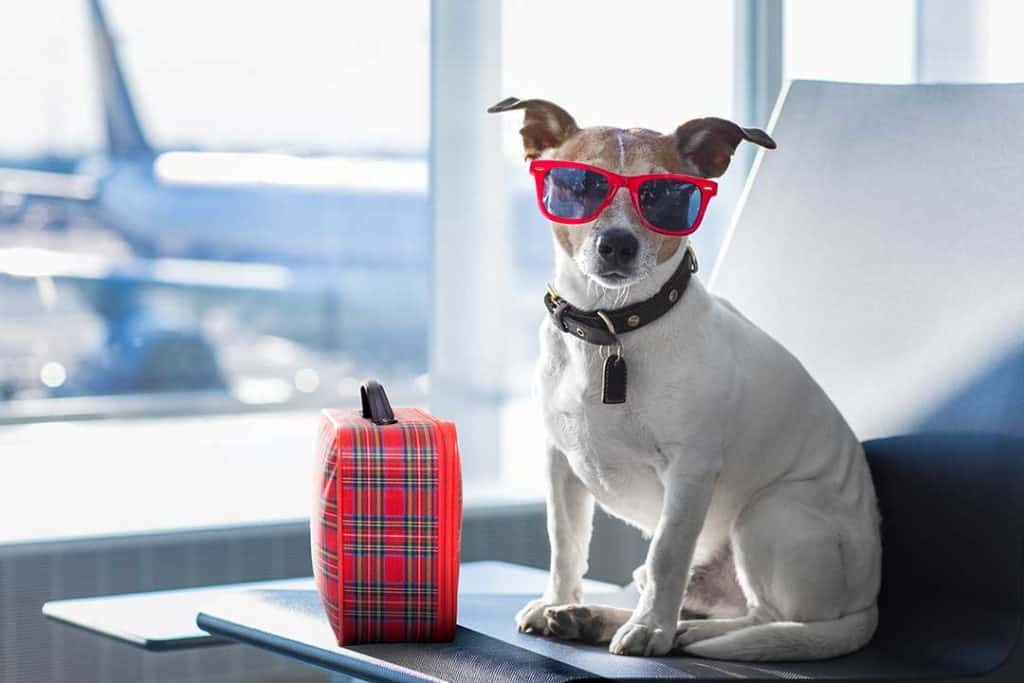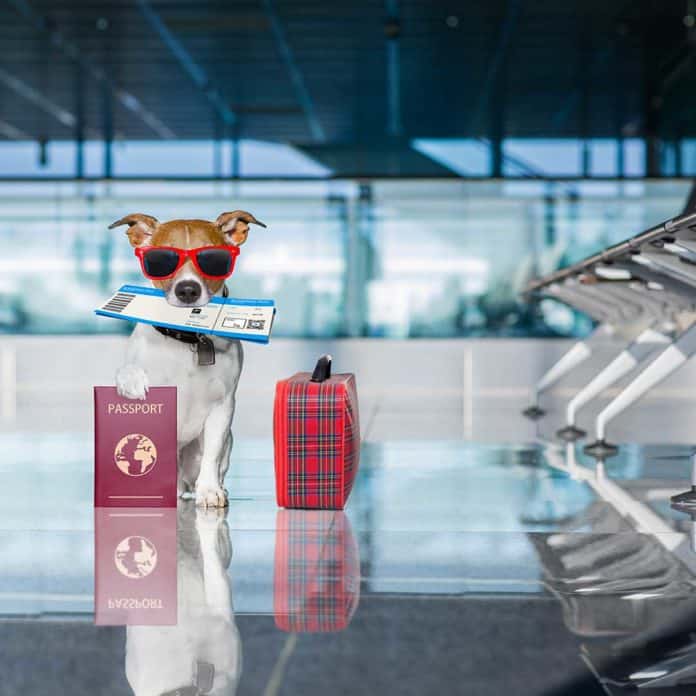Flying with your pet is incredibly stressful for every party involved. It’s easy to look up horror stories about pets becoming sick – and even dying – while in the care of the airlines that are supposed to safely transport your animal.
For anyone even thinking about traveling with their pet, questions are bound to arise. These are the main things that you need to know prior to flying anywhere with your pet. As a responsible pet owner, you just want your pet to have a safe experience before anything else.
What pets can fly on which airlines?
This depends on your given airline, but you should always look at each airline and their options if you have the ability to. For example, airlines like JetBlue and Southwest Airlines don’t allow any pets to travel in their cargo area – which is a big plus for you if you’d like your animal to fly with you in the cabin. JetBlue charges a $100 fee per pet (as long as your cat or dog is small, weighs less than 20 pounds, and can be in a carrier at all times).
It should be noted that service animals are not considered pets, and are therefore exempt from these restrictions. Emotional support animals may not qualify as they do not fall under this exemption according to emotional support animal laws. Service animals are there to help and guide people with disabilities, and they have different guidelines that they fly under.
Once you find out which airline you’d like to take, make sure you check their restrictions and guidelines on pets. Every airline is different, and it’s worth the added time if it means your pet will have a better travel.
How to keep your pet safe during the flight
If your dog or cat is flying in the cargo area, it may be incredibly stressful for them if they are not used to being in a kennel. It is therefore recommended that you help get your animal adjusted and acquainted with the kennel prior to the flight. So every week before your flight, teach your cat or dog about the kennel, letting it get used to being in there. Most injuries animals obtain from flights are caused because they begin to scratch at the kennel – and most think this is because they are not used to being in a kennel.

Because your pet is going to be in a kennel or carrier for the whole flight, even if your animal is with you in the cabin, you need to help get your pet used to being in the kennel and away from you. Animals experience separation anxiety, some worse than others, and the added stress of being on a plane in a new environment is already enough. Try and train your animal to conquer the separation anxiety they may have by, again, getting them used to being in a kennel or carrier with you not around.
Your pet should also be able to fly without barking or being affected by common noises on the plane. If your dog cannot go without barking every single time someone new says something, you may have some issues. Some people recommend playing the sounds of airplanes taking off, landing, and people talking in the cabin to get your animal adjusted prior to the flight.
It is also recommended that you do not feed your animal solid food for about 6 hours prior to the plane ride. A moderate amount of water and frequent walks before and after the flight are recommended to help your animal adjust.
If you would like to help your animal on the flight by giving it a sedative, you must consult with your vet first. This may have horrible consequences. Your animal’s health and safety should always be taken into consideration – and sedatives could have both positive and negative consequences to your pet.
At the end of the day, your pet’s health and well-being are the most important thing when flying.




